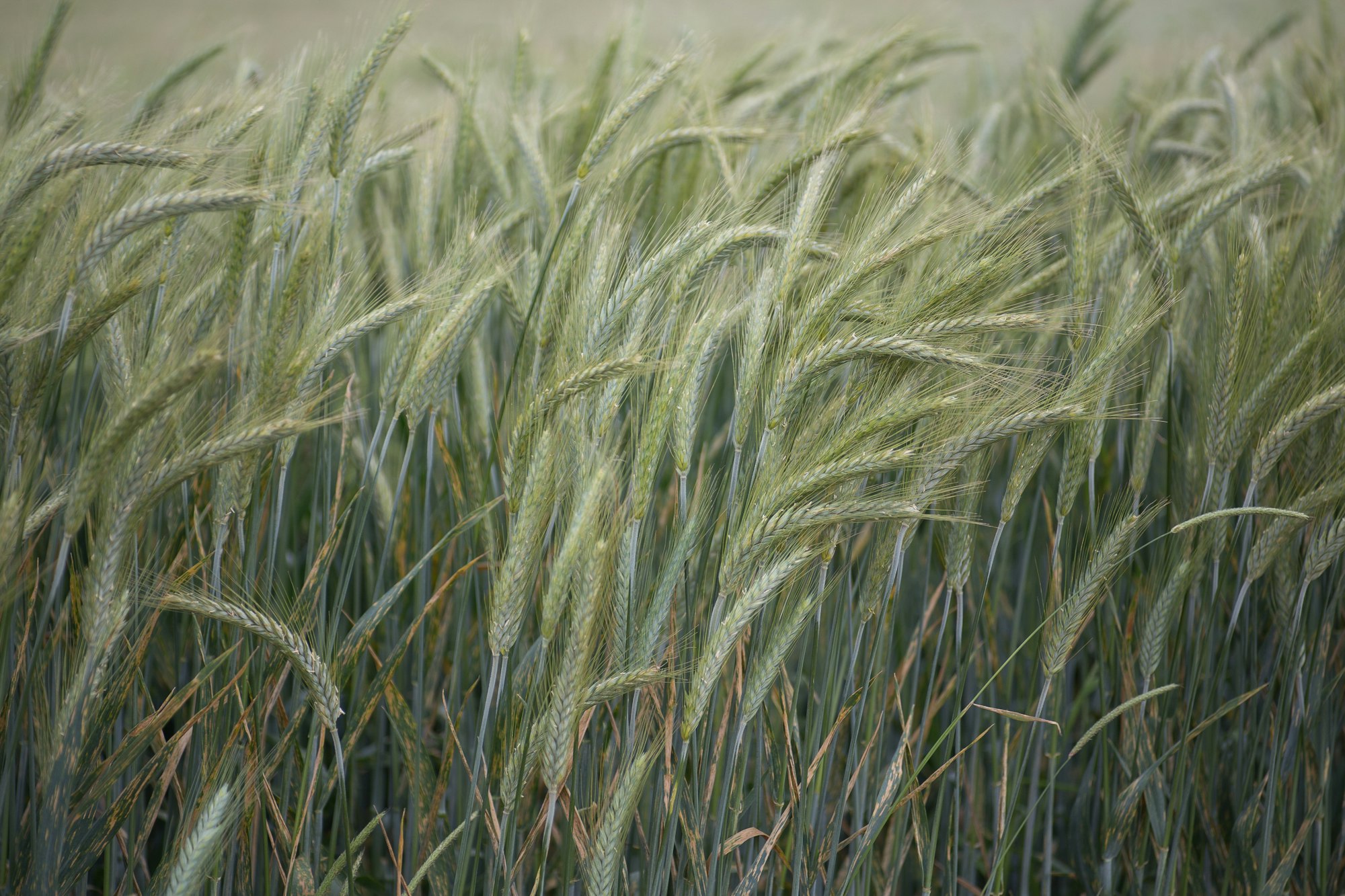Field crop transition in Eastern France
Transform agricultural practices to combine lower emissions, increased CO2 storage and various co-benefits
Climate impact
Removal
Solution
Soils & Agriculture
Location
France
Evaluation
Label Bas Carbone

ABOUT
Learn more about the
project
25 farms in the Grand Est region are embracing low-carbon transitions as part of the government-recognized "Low-Carbon" label by the French Ministry of Ecological Transition. These farms, equipped with arable land, are implementing new agricultural practices to reduce greenhouse gas emissions. Measures include minimizing the use of mineral fertilizers, implementing and diversifying cover crops to protect and preserve soil, introducing nitrogen-fixing legumes, and returning cereal straw. These practices contribute to both reducing greenhouse gas emissions and sequestering carbon in the soil.
In addition to emission reductions, this project brings numerous environmental co-benefits: soil preservation, improved air and water quality, biodiversity conservation, and increased contribution to food production potential are intrinsic to improving practices and integrated into the process from the outset.
By participating in this initiative, the farms contribute to the agroecological transition necessary for the agricultural sector to build resilient systems and supply chains in the face of climate change, which has become evident through increased climate-related risks in recent years.
Carbon&Co
France • https://www.carbonandco.fr/
ASSESSMENT
Everything about this project at a glance.
Climate impact
Removal
How to read this
Our atmosphere is like a bathtub, which we have been filling for decades with greenhouse gasses. Each ton of CO2e in the tub increases the global temperature and affects the climate.
In order to prevent our bathtub from spilling - which would mean reaching a +2°C temperature increase - 3 types of actions exist:
●
Reduction: These projects reduce emissions, closing the tap and slowing down the filling of the tub (e.g. switching to more efficient fuels)
●
Avoidance: These projects preventing future emissions, stopping a new tap from being opened (e.g. protecting forests and peatlands so that they don’t start releasing CO2)
●
Removal: These projects remove and capture greenhouse gasses, emptying the bathtub (e.g. reforestation and direct air capture technology)
Solution
Soils & Agriculture
How to read this
Solutions are different ways we can reduce, avoid and remove our emissions. They vary in terms of cost, level of maturity, potential to scale, and other factors. To make comparisons easier, Sweep groups solutions into categories such as Forests, Geoengineering or Buildings. Climate solutions are numerous: to learn more about what can be done, explore our catalog.
Location
France
How to read this
Solutions can be deployed in a large range of locations, from a micro-regions to entire sections of a continent. You might want to focus your contributions on specific areas to maximize local socioeconomic impacts or contribute where your activities are based.
Evaluation
Certified • Label Bas Carbone
How to read this
Various international and regional standards rely on established methodologies, dedicated processes and third-party verifications to guarantee that a project delivers on its promises.
●
Certified: Standards, such as Gold Standard or Verra, are listed for maximal transparency
●
Not certified yet: The process to be certified is expensive and cumbersome, and ad-hoc methodologies might not exist for specific projects, preventing them from being certified. Sweep promotes other projects after a necessary due diligence, bringing more projects to a wider audience while also offering opportunities to develop and tailor new projects according to your own needs.
Capacity
5kt
How to read this
Capacity is the projected volume of tCO2e reduced or removed during the crediting period. This indicates the projected net impact of a project after adjusting for potential negative impacts and other externalities. This is key to assessing the current scale of a project and can give a quick estimate of what the considered volumes represent at the project scale.
Capacity does not reflect the available quantity of credits as some of them can already be sold.
Crediting Period
2023 - 2027
How to read this
Certified projects are eligible to generate carbon credits over a certain period of time. This crediting period gives a good estimate of the progress of a project.
●
Older crediting periods means that projects have delivered their promises and that third-party auditors have recognized the climate impact
●
Crediting periods covering coming years may have already been audited for a fraction of the volumes. The rest will be generated along future audits.
Co-benefits
5 SDGs
5 SDGs
SDG 2: Zero Hunger
The ecological transition of farms makes them more resilient, especially in the face of climate change.
SDG 3: Good Health and Well-being
More virtuous practices have a direct and significant impact on the health of operators, and contribute to improving the health of society as a whole, particularly in terms of food safety and air quality.
SDG 14: Life Below Water
All the farms involved in the program have seen a net improvement in biodiversity indices
How to read this
Projects often have positive side effects beyond reducing, removing, or avoiding emissions. For example, projects might reduce waste, protect biodiversity, or support indigenous people. These co-benefits are modelled after the UN Sustainable Development Goals (UN SDGs).
Durability
Low
How to read this
Durability only applies to to removal solutions. It indicates for how long the carbon will be removed from the atmosphere - the longer this is the more desirable. For example, storing carbon as mineral underground is more durable than in a tree, making it a less risky and longer term solution.
Financial additionality
High
How to read this
Additionality reveals the impact of your financial support. It indicates what percentage of the global project budget is coming from contributions.
●
High additionality means most of the project revenue relies on contributions, and they would likely not be able to happen without this financing.
●
Low additionality projects are less reliant on contributions.
●
Other additionality criteria, such as policy or regulatory additionality, are tackled through certifications and not assessed here
Barriers
Medium
The total project barrier score is available when all types of barrier are provided. It is a composite score based on the 5 barriers assessed.
Technical
Financial
Social
Political
Economical
Field crop carbon transition projects are becoming more and more widespread, thanks to farmers who are keen to take part and adapt their practices. The techniques deployed in this project are still not widely used because they are costly, but they are perfectly suited to the challenges of carbon neutrality. A large part of the project's financing is based on the sale of carbon credits. The cost of the agricultural transition is not covered by public subsidies, and the remaining outlay is too high for farmers. It is therefore necessary for farms to be able to rely on carbon credits from the voluntary market to finance the transition.
How to read this
Barriers are the different hurdles a project might need to overcome. Barriers can give you a sense for the challenges a project faces, but also how it can add deeper value and create change. We differentiate five types of barriers: economic, social, institutional, technical and financial.
Create your portfolio to get started
Our carbon team will help you tailor your portfolio based on your preferences.
Track, report and act
Sweep helps you get your carbon on-track
Sign up to The Cleanup, our monthly climate newsletter

© Sweep 2023